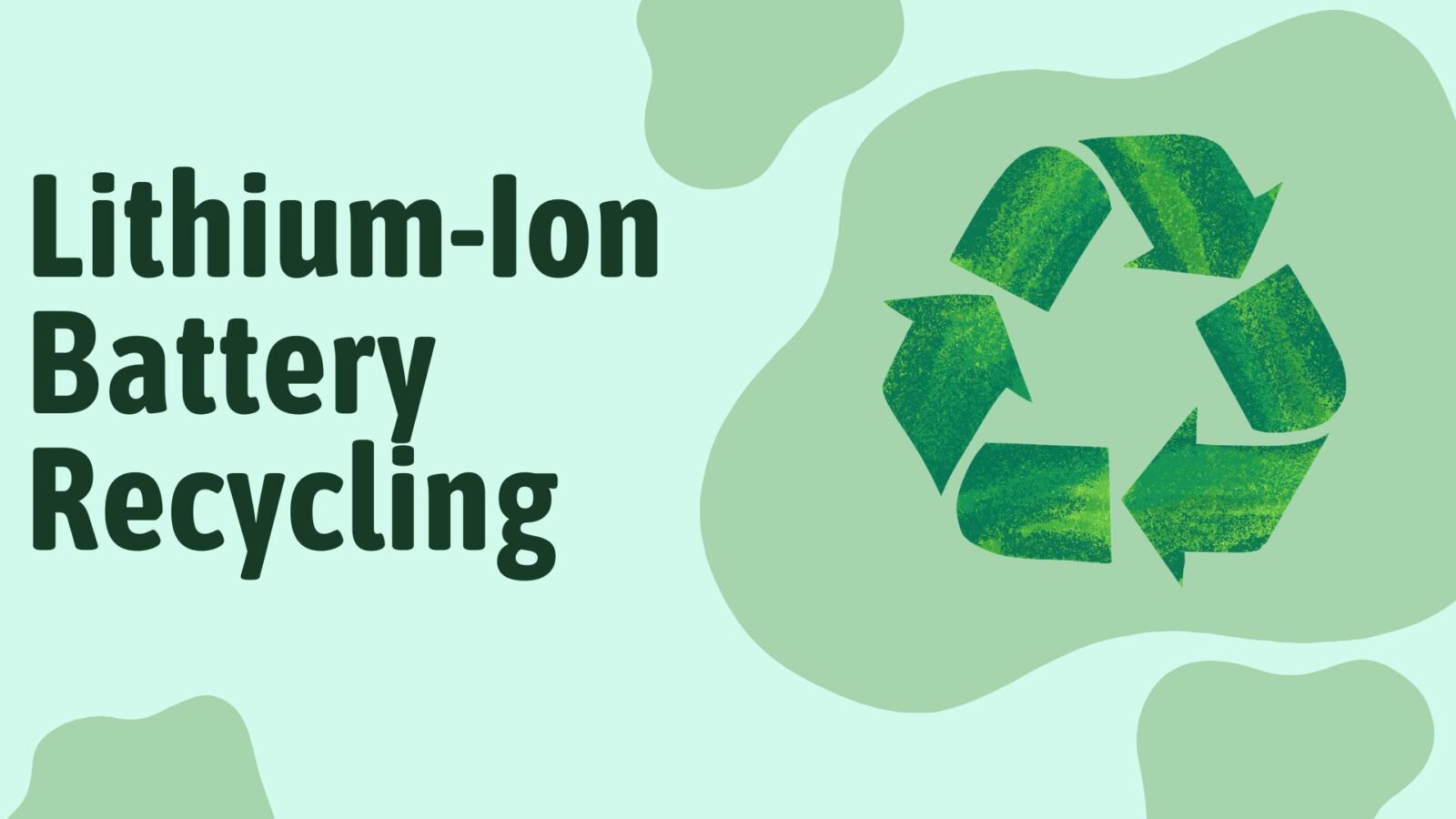
Lithium batteries power many of our daily devices, from smartphones to electric vehicles. However, as the use of these batteries grows, so does the concern over their safe disposal. Improper disposal of lithium batteries can lead to hazardous environmental impacts, including fires, soil contamination, and harmful chemical leakage. In this article, we’ll explore the best practices for disposing of lithium batteries responsibly and safely.
Why Proper Disposal of Lithium Batteries is Important
Lithium batteries contain hazardous materials such as lithium, cobalt, and nickel, which can be harmful to both human health and the environment. If not disposed of properly, these substances can leak into the soil or water, causing long-term ecological damage. Additionally, when lithium batteries are improperly discarded in trash bins or recycling centers, they pose significant fire risks, particularly during transport or when exposed to high temperatures.
Step 1: Check Local Regulations and Guidelines
The first step in disposing of lithium batteries is to understand your local regulations regarding battery disposal. Different regions and countries have varying rules about how lithium batteries should be handled. In many places, it is illegal to throw them in the trash or recycling bins.
For example, in the United States, the Environmental Protection Agency (EPA) recommends taking used lithium batteries to a designated recycling facility. Some countries, like those in the European Union, have strict rules requiring the collection and recycling of all batteries, including lithium.
Step 2: Find a Recycling Center
The safest way to dispose of a lithium battery is by taking it to a recycling center that specializes in handling hazardous waste. Many electronics retailers, including major chain stores, provide battery disposal or recycling programs. These centers are equipped to handle the special disposal needs of lithium batteries.
To find a nearby recycling facility, you can use online resources like Earth911 or visit your local waste management authority’s website for guidance.
Step 3: Use Special Battery Disposal Programs
Many communities have special battery disposal programs, where they collect used batteries on specific days or in dedicated drop-off locations. Be sure to check with your local municipality to see if any such programs are available in your area. Additionally, some businesses and organizations, such as schools and offices, may have their own battery collection programs.
Step 4: Preparing the Battery for Disposal
Before disposing of your lithium battery, make sure it’s safely prepared to avoid any risk during transport or handling. Here are some tips to ensure safe disposal:
- Discharge the Battery: If possible, ensure that the battery is fully discharged before disposal. A fully discharged battery reduces the risk of it catching fire.
- Tape the Terminals: Cover the terminals of the battery with non-conductive tape (such as electrical tape) to prevent them from short-circuiting and causing a fire hazard.
- Avoid Crushing or Puncturing: Never crush or puncture the battery, as this can cause it to explode or release toxic substances.
Step 5: Alternative Disposal Options for Large Batteries
If you are disposing of larger lithium batteries, such as those used in electric vehicles or power tools, special disposal options may be available. Manufacturers and vehicle dealerships often have return programs for used EV batteries, and some auto parts retailers accept large batteries for recycling.
Step 6: Explore Battery Recycling Programs
In some cases, you may be eligible to return your used lithium batteries to the manufacturer, especially if they are from specific products like laptops or smartphones. Many tech companies now offer recycling programs that allow customers to return their old devices and batteries for proper disposal. Be sure to check with the manufacturer to see if such options are available.
Conclusion
Disposing of lithium batteries safely is critical for protecting both the environment and human health. By following local disposal guidelines, using recycling centers, and preparing batteries properly for disposal, you can help reduce the risks associated with improper disposal. Whether you're disposing of small batteries or large industrial ones, always prioritize safety and ensure that the battery is handled by certified professionals.
Taking responsibility for the proper disposal of lithium batteries not only protects our ecosystems but also contributes to the conservation of valuable resources for future generations.
https://www.spider-way.com/how-to-dispose-of-lithium-batteries-a-complete-guide-for-safe-and-eco-friendly-disposal/?_unique_id=67e6ef5f71ca9
Comments
Post a Comment